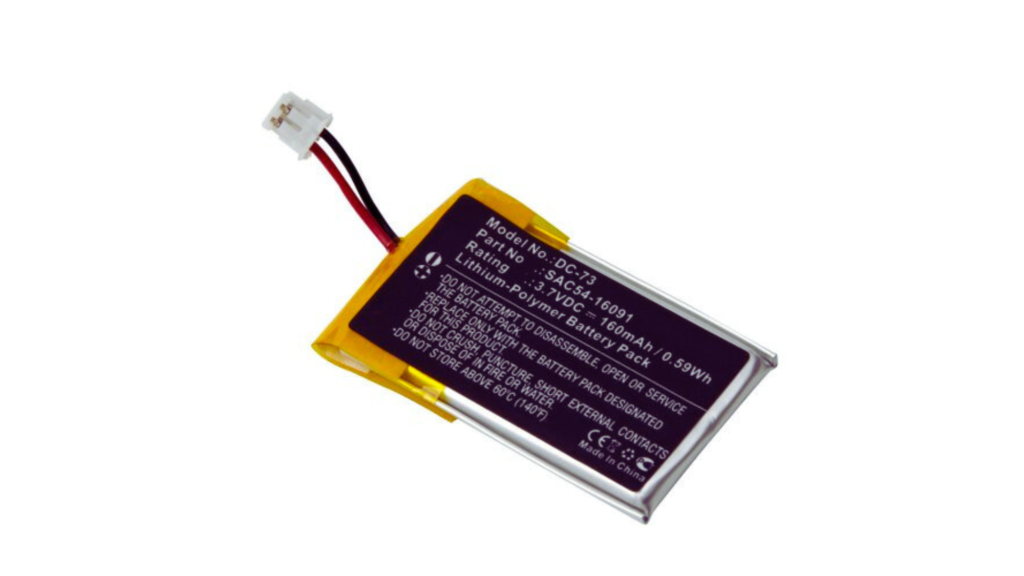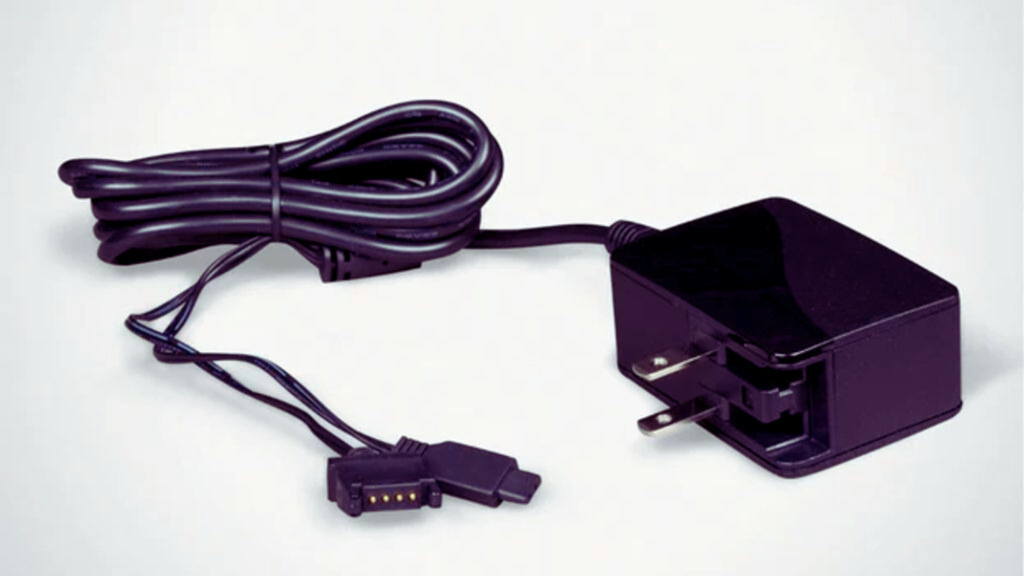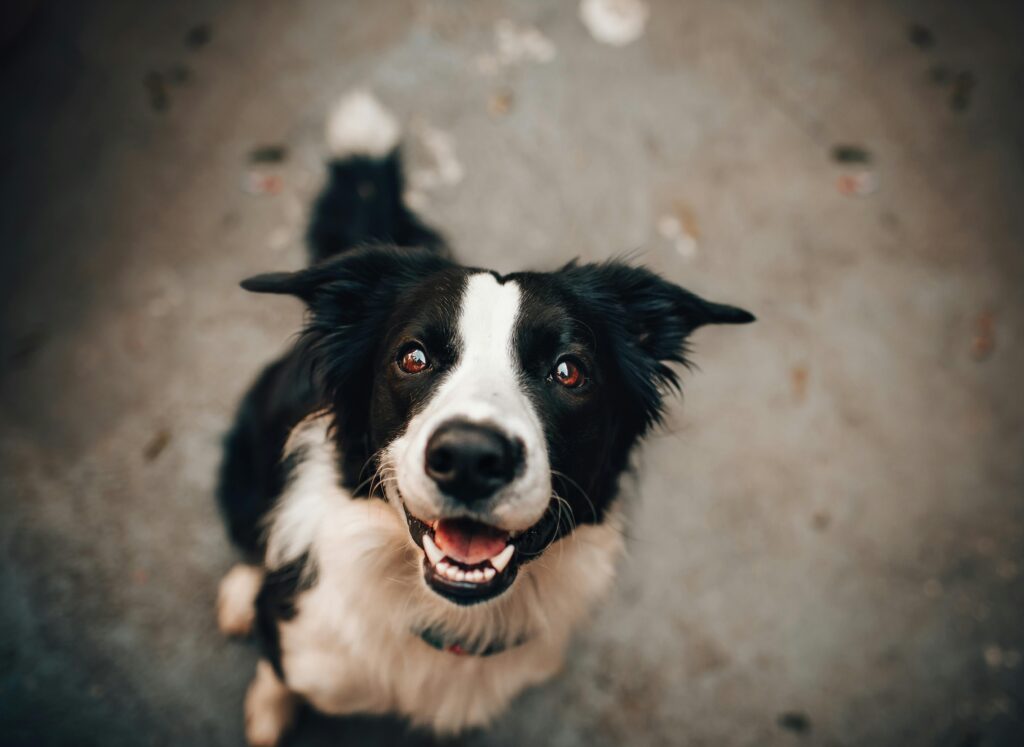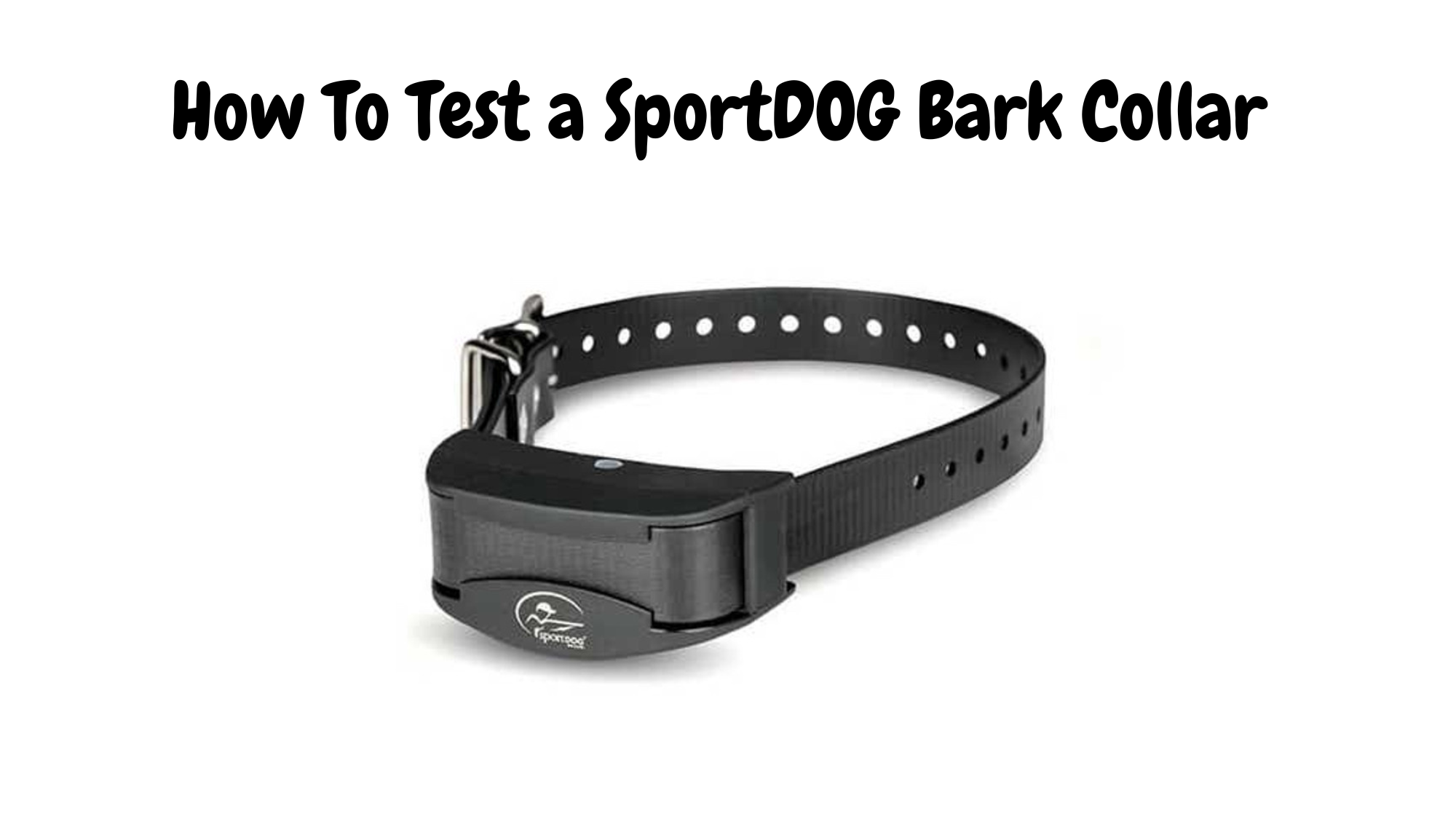| Summary: To test a SportDOG bark collar, inspect for damage, check the battery, and clean the sensor. Use the test light for static models or simulate barking for activation. Fit the collar properly on your dog, observe correction response, and adjust sensitivity as needed. Regular maintenance ensures long-term effectiveness. |
SportDOG bark collars are a highly effective way to manage excessive barking in dogs. However, ensuring that the collar is functioning correctly before placing it on your pet is crucial. So, how to test sportdog bark collar?
A malfunctioning bark collar can either fail to correct your dog’s barking or, worse, cause discomfort due to improper stimulation. Testing your SportDOG bark collar allows you to verify its battery life, detection sensors, and correction mechanisms before use. Learn if Dachshunds need special collars to provide the right support and comfort for their unique body shape.
Blog Highlights
ToggleQuick Fix FAQ Table for Testing a SportDOG Bark Collar
In this FAQ table, we answer common questions about how to test a SportDOG bark collar to ensure it works effectively. Whether you’re unfamiliar with bark collars or need tips on fine-tuning your SportDOG collar, this guide will provide simple, quick solutions to help you get the best results.
How to Test a SportDOG Bark Collar | 8 Thing You Should Know
In this comprehensive guide, we will walk you through various ways to test your SportDOG bark collar, step by step. We’ll also cover troubleshooting tips in case the collar is not working correctly. Whether you are using a static stimulation, vibration, or spray correction collar, the methods in this article will help ensure proper functionality. Here’s how to test a sportdog bark collar:
1. Understanding the How to test a SportDOG Bark Collar Mechanism
Before testing your bark collar, it’s important to understand how it operates. SportDOG collars use one or both of the following methods to detect barking:
- Vibration Sensors: These sensors detect throat vibrations when your dog barks. This method helps prevent false corrections caused by external noises.
- Sound Sensors: These sensors detect barking sounds. Some models combine sound detection with vibration detection for more accurate corrections.
Understand if French Bulldogs can wear dog collars and how it affects their neck structure and overall health. Once barking is detected, the collar delivers correction through one of these methods:
- Static Stimulation: A mild electric pulse that serves as a deterrent.
- Vibration: A gentle buzz that redirects the dog’s attention.
- Spray Correction (for spray models): A burst of citronella or unscented spray to distract the dog.
SportDOG collars feature progressive correction settings, meaning that the stimulation level increases if barking continues. Some models have 10 levels of static stimulation, while others allow you to manually adjust intensity.
2. Preliminary Inspection Before Testing
Before conducting any functionality tests, you should inspect the collar for potential issues.
a) Check for Physical Damage
- Inspect the collar strap for signs of wear and tear, such as fraying or cracking.
- Examine the contact points to ensure they are securely attached. If they are loose, the static stimulation may not work effectively.
- Look at the sensor area for dirt or debris, which could interfere with detection.
b) Verify Battery Status

A weak or dead battery can cause the collar to function inconsistently.
- Rechargeable Models: Fully charge the collar before testing. The LED indicator should confirm a full charge.
- Battery-Operated Models: Insert fresh batteries and ensure they are positioned correctly.
Most SportDOG collars feature a low battery indicator light that blinks when the battery is running low. If the collar isn’t turning on or the indicator light is weak, charge or replace the battery before proceeding with further tests. Explore the Top dog collars for French Bulldogs to keep them comfortable while ensuring durability and style.

c) Clean the Bark Sensor and Contact Points
Dirt, moisture, and fur buildup can affect the collar’s ability to detect barking.
- Use a dry, soft cloth to wipe the contact points.
- If necessary, use a cotton swab or small brush to clean hard-to-reach areas.
- Avoid using water or cleaning solutions that may damage electronic components.
3. How to Test a SportDOG Bark Collar Without a Dog
Testing the collar without placing it on your dog allows you to confirm its functionality in a controlled environment.

a) Using the Test Light Tool (For Static Correction Models)
Most SportDOG collars come with a test light tool, which helps verify the static correction feature.
- Turn on the collar and set it to a stimulation level above Level 1.
- Place the test light tool over the contact points (this will act as your “dog” receiving the correction).
- Simulate barking by making a loud sound near the collar’s microphone or gently tapping the vibration sensor.
- Observe the test light—if the static correction feature is working, the test light will flash.
If the light does not flash, try increasing the sensitivity level or checking the battery.
b) Checking the Bark Sensor Detection
To confirm that the bark detection system is working:
- Place the collar on a flat, stable surface.
- Tap near the sensor area or create a barking noise near the microphone.
- If the collar activates, the detection system is functional.
If the collar does not respond, it may require adjustment of the sensitivity settings. Find the Ideal collars for Dachshunds that accommodate their long bodies and prevent strain on their necks
4. Testing the Collar on Your Dog
Once you’ve verified that the collar works in a controlled environment, the next step is testing it while your dog is wearing it.
a) Properly Fit the Collar
- The collar should fit snugly, with the contact points touching the dog’s skin.
- You should be able to fit one finger between the collar and your dog’s neck.
- If the collar is too loose, it may not detect barking properly.

b) Observe Your Dog’s Barking and Collar Response
- Allow your dog to bark naturally and watch for the collar’s response.
- The collar should detect barking and apply a correction.
- If there is no response, adjust the sensitivity settings.
c) Monitor Your Dog’s Reaction to Correction
- If the correction is working, your dog should momentarily pause or reduce barking.
- If there is no change in behavior, consider raising the stimulation level slightly.
- Always start with the lowest effective setting to avoid unnecessary discomfort.

5. Troubleshooting Common Issues
a) The Collar Fails to Detect Barking
- Ensure the sensor is clean and not obstructed.
- Tighten the collar for proper contact with the skin.
- Adjust the sensitivity setting to a higher level.
b) The Collar Is Not Delivering Static Correction
- Check if the battery is fully charged or replaced.
- Verify that the contact points are attached securely.
- Use the test light tool to confirm static correction is working.
c) The Collar Delivers Inconsistent Corrections
- The collar might be detecting external noises—try testing it in a quieter area.
- Ensure the bark sensor aligns with the throat for accurate detection.
- If the problem persists, reset the collar following manufacturer instructions.
6. Best Practices for Maintaining Your SportDOG Bark Collar
a) Regular Cleaning and Maintenance
- Wipe down the sensor and contact points after every use.
- Store the collar in a cool, dry place when not in use.
b) Monitor Battery Life
- Recharge the battery every few days (for rechargeable models).
- Replace disposable batteries every 3–6 months depending on usage.
c) Follow Safety Guidelines
- Never leave the collar on your dog for more than 12 hours per day.
- Adjust the collar’s position every few hours to prevent pressure sores.
7. Advanced Testing Methods for SportDOG Bark Collars
Beyond the basic functionality tests, there are additional ways to verify the accuracy and reliability of your SportDOG bark collar. Advanced testing methods allow you to fine-tune the collar’s performance, identify potential malfunctions, and ensure it delivers the right level of correction.
a) Simulating Different Barking Scenarios
To confirm that your SportDOG bark collar only activates when your dog barks (and not from external noise or movement), you can perform several simulations:
- Controlled Bark Test: Have your dog wear the collar in a quiet environment and encourage them to bark. Observe if the collar delivers a correction after the first few barks.
- Background Noise Test: Play barking sounds from other dogs on a speaker or TV while your dog remains silent. The collar should not activate, as it is designed to detect both sound and vibration.
- Vibration-Only Test: Lightly tap the collar’s sensor without making any sound to see if it falsely triggers a correction. If it activates, the sensitivity may need adjustment.
Each test ensures that the collar differentiates between your dog’s barking and external noises, preventing unnecessary corrections. Get insights into Collar vs. harness: What’s better for Dachshunds? for their safety, comfort, and health during walks.
b) Testing Collar Sensitivity Levels
SportDOG bark collars offer multiple sensitivity settings to accommodate different dog breeds and barking intensities. Adjusting the sensitivity allows you to tailor the collar’s responsiveness.
- Start with low sensitivity if your dog has a deep or infrequent bark.
- Increase to medium or high sensitivity for smaller dogs or dogs with a higher-pitched bark.
To test sensitivity:
- Adjust the setting to Level 1 and observe if the collar detects barking.
- Gradually increase the sensitivity if no correction occurs.
- If the collar activates too easily, lower the sensitivity to prevent overcorrection.
Proper sensitivity tuning ensures the collar responds only when necessary, providing effective yet humane correction.
8. Ensuring Comfort and Effectiveness for Your Dog
A bark collar should be both effective and comfortable for your dog. Testing your collar for proper fit, correction level, and long-term comfort is crucial for its success.
a) Checking for Proper Fit
An improperly fitted collar can lead to false corrections, irritation, or reduced effectiveness. Follow these steps to ensure a proper fit:
- Adjust the collar so that the contact points touch your dog’s skin without pressing too hard.
- Insert one finger between the collar and your dog’s neck to check for a snug fit.
- If the collar slides around easily, tighten it slightly. If it leaves marks on the skin, loosen it.
A well-fitted collar ensures accurate bark detection while preventing unnecessary discomfort.
b) Observing Your Dog’s Behavior During Use
After placing the collar on your dog, monitor their reaction and body language:
- If your dog pauses barking briefly after a correction, the collar is working effectively.
- If your dog ignores the collar and continues barking, increase the stimulation level slightly.
- If your dog shows signs of distress, lower the intensity or switch to vibration mode.
Using the lowest effective setting ensures your dog receives gentle yet firm corrections without stress.
c) Long-Term Testing and Adjustment
Over time, your dog’s behavior may change, requiring adjustments to the collar’s settings. Regular testing every few weeks ensures that:
- The collar still fits properly.
- The sensitivity level is appropriate.
- Your dog responds well to the correction type used.
By continuously testing and adjusting your SportDOG bark collar, you can maintain consistent training results while keeping your dog comfortable and safe.
Final Thoughts
Testing your SportDOG bark collar ensures that it is working correctly before using it on your dog. By following the steps outlined in this guide on how to test a SportDOG bark collar, you can verify that the bark detection system, correction settings, and battery life are functioning as expected.
If you experience any issues, troubleshooting the collar or contacting SportDOG customer support can help resolve them. With regular maintenance and proper use, your SportDOG bark collar will help effectively reduce unwanted barking while keeping your dog comfortable and safe.
By proactively testing and maintaining your collar, you can ensure that it remains a reliable training tool for years to come. Hope so, now you know how to test SportDOG bark collars. To discover what activities bring joy to Australian Cattle Dogs, check out this detailed guide on What do Australian Cattle Dogs enjoy?.





